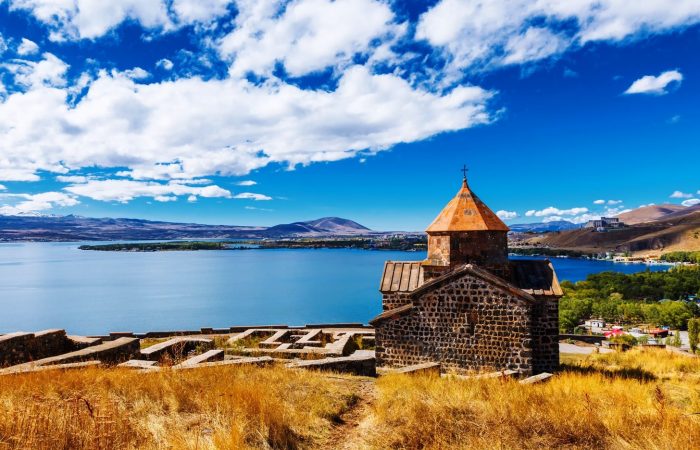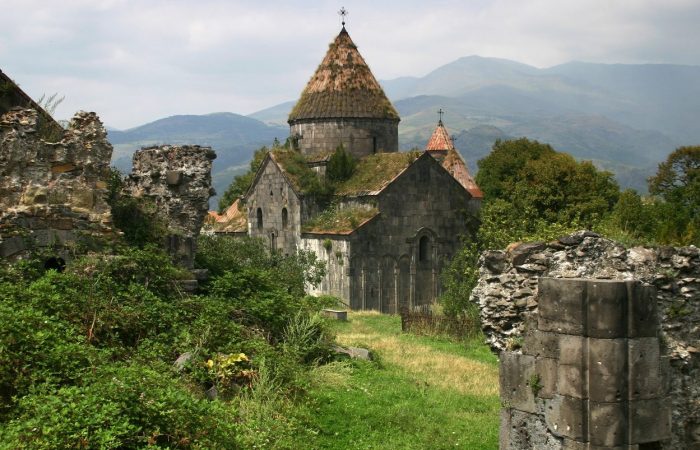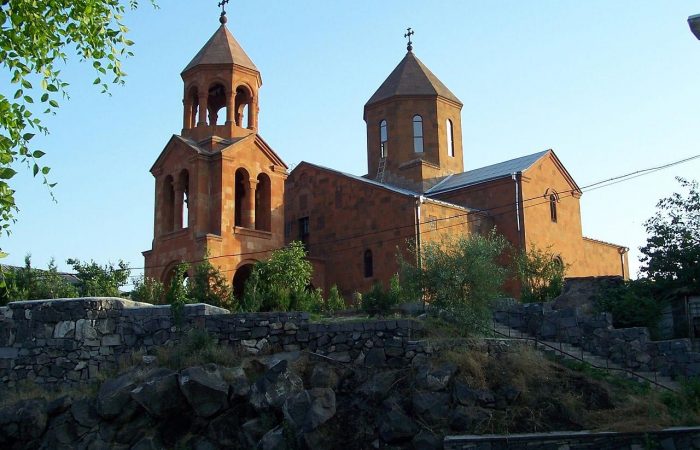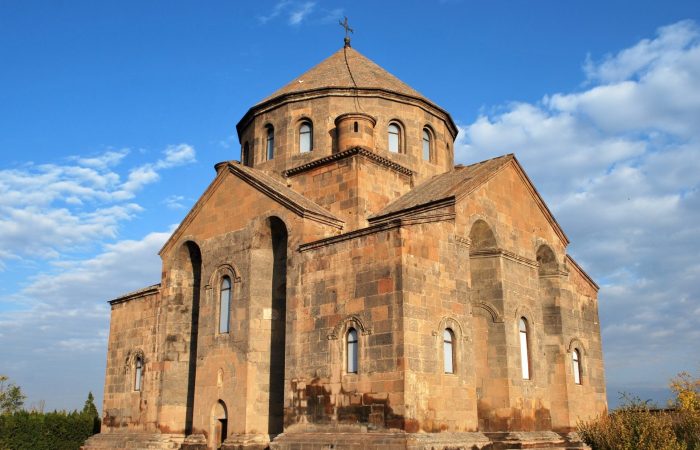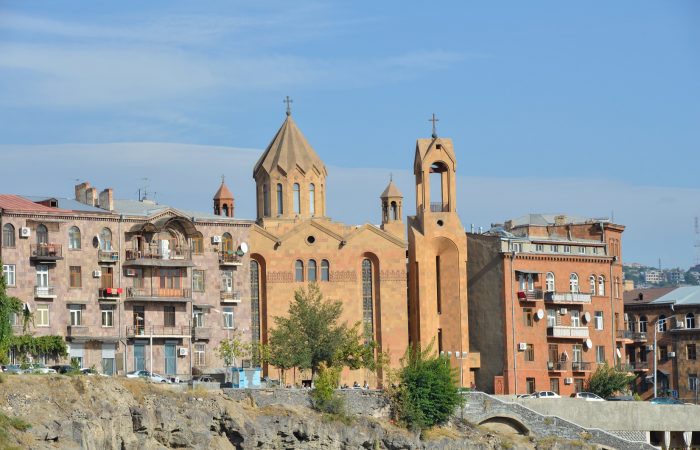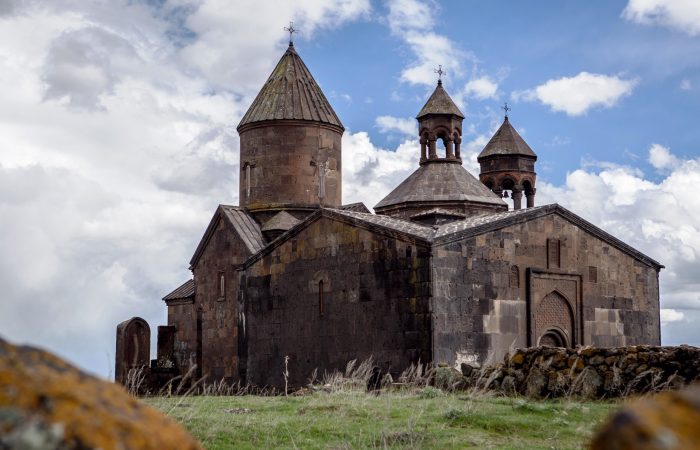Agarak Settlement: Location
Agarak is located 25 kilometers from Yerevan not far from the city of Ashtarak.
Agarak Settlement: History
Archaeological excavations have been held in Agarak settlement since 2001. One of the primary peculiarities of the settlement is the fact that its entire territory is covered with large rock and stone carved complexes. The majority of these complex-structures are related to the early Bronze Age settlement of Agarak. Back then the locals took advantage of Agarak’s relief and converted the huge tuff masses into an entire complex of stone-carved structures. All these structures have turned the natural landscape into a huge monument.
It’s noteworthy that with its 200 hectares of area this ceremonial landscape is unique and the only one in the Armenian Highlands. Similar monuments were discovered mainly in Asia Minor and with their appearance and layout they resemble Agarak settlement. Archaeologists have agreed upon their bearing ceremonial significance. It should also be added that part of those monuments are considered to be Hittite and others Phrygian. They are mostly related to the cult of Goddess Kibela, the great goddess-mother.
Agarak Settlement: Excavations
Excavations held at the site showed that in Early Bronze Age there used to be a settlement with a proper layout. In all probability the main element of the layout was the worked out rocky areas around which the living quarters used to be. A huge number of terra cotta statues, round and horse-shoe like hearths and hearth stands were uncovered. Based on these findings it is concluded that this section of Agarak dates to 29-27 centuries BC.
The rock-carved Urartian tomb, amphora (ancient jar with two handles and a narrow neck) burials with Urartian seal and the numerous remainders of pottery show that the settlement was inhabited in 8-6 centuries BC as well. After the fall of Van Kingdom Agarak was a large urban area.
Agarak Settlement: Wine Presses
The number of rock-carved presses discovered in the settlement show that viticulture and wine-making were a rather important part of the Agarak people. As one of the primary points of the trade routes stretching from Ayrarat to Shirak and Ani, the economic and commercial life of this settlement flourished especially from 4-3 centuries BC to 2-4 centuries AD. Alexander Macedonian’s silver drachma, Augustus Octavian’s silver dinar as well as several signet rings prove that the economic and commercial sectors were really developed during that period.
Next to the settlement there was a large cemetery, where funerals were performed within the 4th century BC to the 5th-6th centuries AD. Interestingly, next to each other burials performed according to Christian and pagan rituals were found. It means that Christianity was rather spread in the settlement and was even dominating long before Christianity was adopted as state religion in Armenia. Glazed and cooking pottery was as well discovered. It means that the settlement was inhabited during the Middle Ages too, in the 12-14 centuries.
Agarak Settlement: Sacrifice
The excavations held on the layers showed that in the first quarter of the third millennium BC this area was a huge stone-carved complex made for worship purposes. Various rounded and bowl-like “key” and “comet” holes, “labyrinths,” “thrones,” “altars” were carved on the surface of the complex’s micro-relief. They were probably used in ceremonies and rituals. The shape and forms of those carvings as well as their arrangement allow to conclude they might be used for sacrifice. The essence of those sacrifices was explained by the fact that the population of Agarak settlement believed that sacrifices would ensure fertility and abundance. Rites like that were meant to preserve the link and harmony between the Gods and people.
Considering the fact that excavations in Agarak settlement are yet not fully carried out, then those interested in archaeology will love their visit to this site, which has come a long way and luckily retained the remnants of its interesting past, which today make it one of the primary archaeological sites of Armenia.






